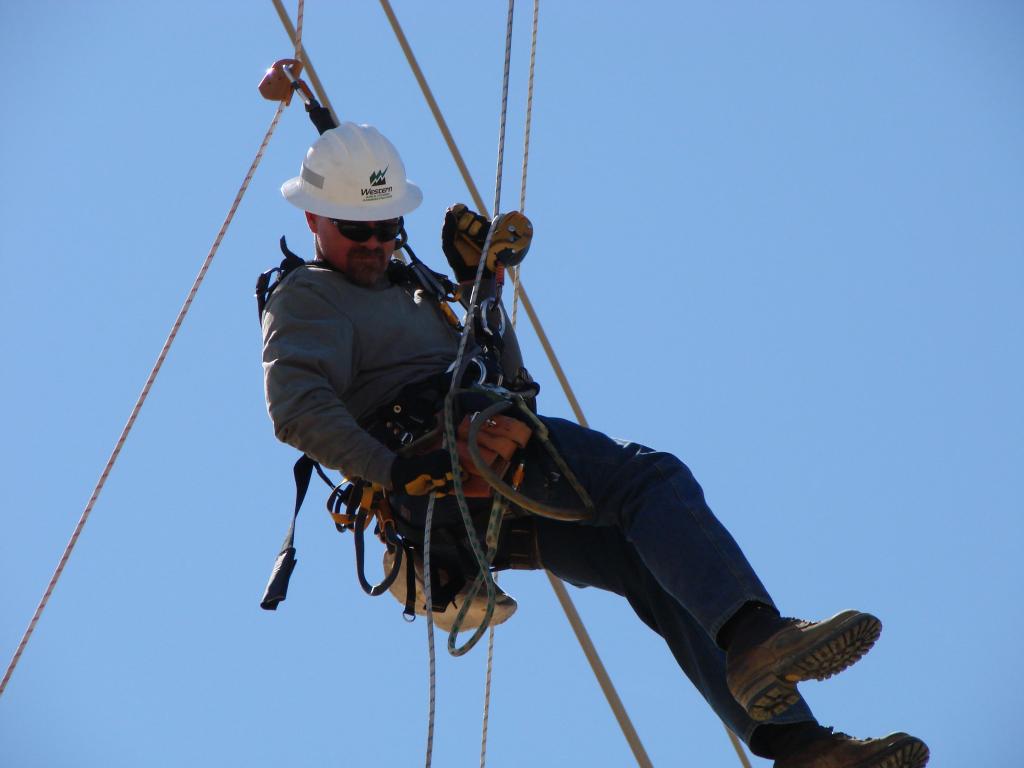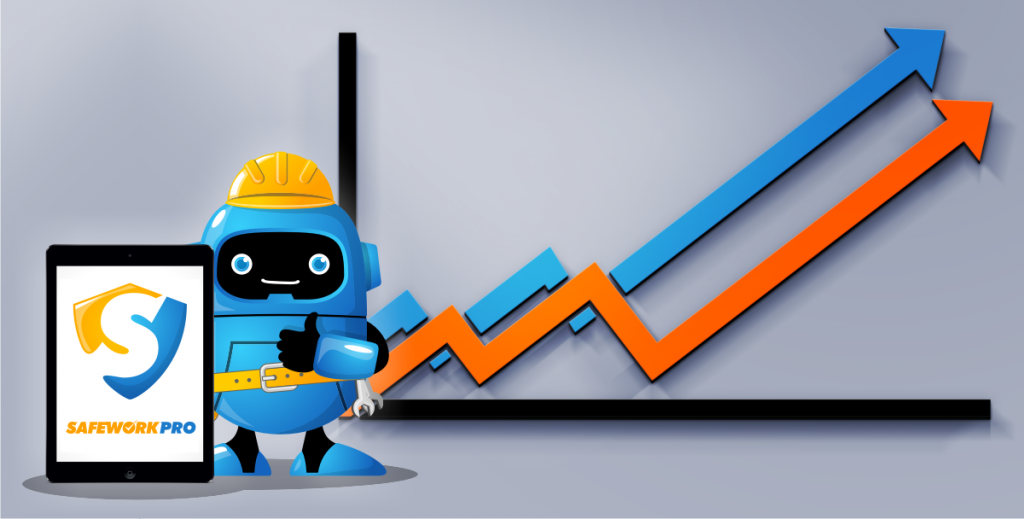Improving Workplace Safety Without Safety Consultants
Unfortunately not every business can afford safety consultants. This is only a problem in so far as it means productive solutions to workplace safety issues are not being regularly sought after. However just because your business is too small or under resourced to hire safety consultants, doesn’t mean you can’t get the most out of a consultation process. The goal is improving health and safety in Australia without hurting productivity.
Safety tips in the workplace are all well and good but they will do little to improve your OHS policy in the long term. Having consultative arrangements permanently in place can assure that changes to routine safe systems of work or safety equipment do not come at the cost of workplace health and safety. Let’s run through a hypothetical example to show how a consultative arrangement works.
The Scenario:
A small electrical contractor business employs 12 workers, 8 of whom are fully qualified electricians. Traditionally, the workers have informally told the office of any defaults or issues they come across with their equipment. Due to several small but significant issues not being reported through this method, the manager has decided to implement a safety audit checklist to be completed by workers as they return equipment.

In the lead up to the weekly business meeting, the manager supplies all 8 of the employees with a draft version of the proposed safety audit checklist. When the meeting takes place, the manager opens to floor for discussion regarding the checklist and takes employee suggestions into consideration. Due to some concerns that the checklist may add another layer of red tape and become inefficient, the manager agrees to trial the new system for one month. This is a vital stage of the consultation process as it allows for certain safeguards to be put in place and ensures business productivity does not take a hit.

A top down approach to implementing changes to safe work practices is likely to result in inefficient strategies that cost business productivity. Consulting directly with workers will remedy this situation and provide the best OHS solutions that work on paper and in practice. There are obvious benefits to having professional safety consultants on hand but consultative arrangements provide a cost effective alternative that can still improve workplace health and safety.

